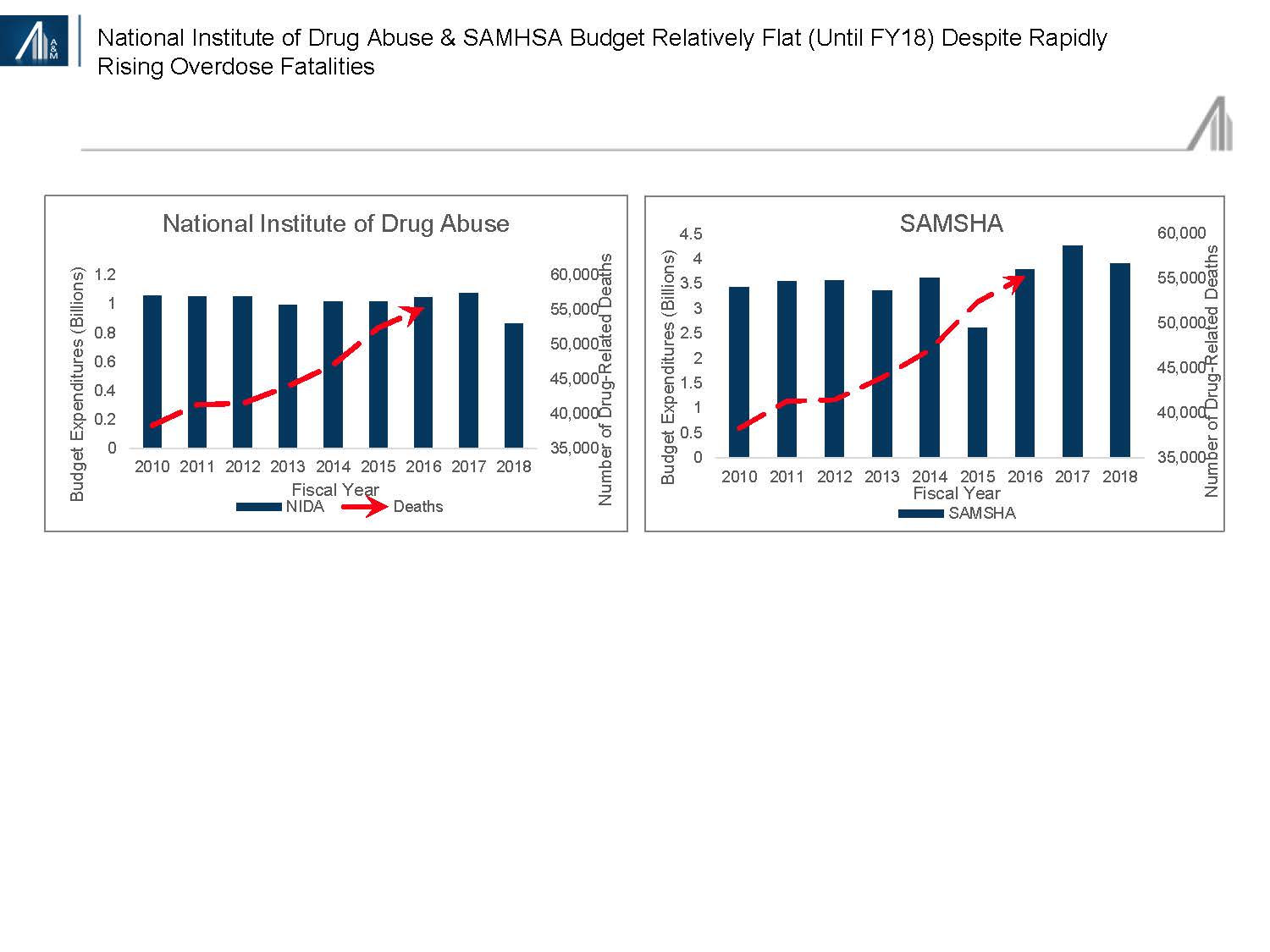ShortTerm Inpatient Treatment (SIT) is the therapeutic method predominantly used in programs oriented towards insured populations (Gerstein 1999). SIT is a highly structured 3 to 6week inpatient program. Patients get psychiatric and mental assessments, assist in establishing a healing strategy based upon the tenets of AA, attend educational lectures and groups, fulfill individually with counselors and other professionals, and take part in household or codependent treatment.
Many shortterm domestic programs include some sort of treatment intervention for customers' member of the family. The Hazelden Household Center, for instance, is a 5 to 7day domestic household program that explores relationship issues typical among families with a member who abuses substances. A majority of the family programs utilized in shortterm property treatment involve psychoeducational family groups.
There is no factor family treatment can not be integrated into shortterm residential programs, though the brief period of treatment might need more extensive and longer (than 1 hour) sessions because work with a household will often end when the client with the substance usage condition leaves treatment. Regrettably, clients might have to end up being engaged in a completely various system for their continuing care, as financing for services may not rollover.
If household therapy is being contributed to an inpatient property program, it needs to not replace family visiting hours. Customers also require recreational time with their households. Some shortterm residential programs may intentionally avoid including household therapy since providers believe that customers in early recovery are unable to handle agonizing problems that frequently occur in family therapy.

A longterm domestic (LTR) program will offer roundtheclock care (in a nonhospital setting), along with intensive drug abuse treatment for an extended period (ranging from months to 2 years). A lot of LTR programs consider themselves a kind of restorative neighborhood (TC), but LTRs can utilize extra treatment models and approaches, such as cognitivebehavioral treatment, 12Step work, or relapse avoidance (Gerstein 1999). The conventional TC program offers residential look after 15 to 24 months in a highly structured environment for groups varying from 30 to several hundred customers.
How Many Addiction Treatment Centers Are There In The United Kingdom Fundamentals Explained
In addition to helping customers stay away from substance abuse, TCs deal with eliminating antisocial behavior, establishing work abilities, and instilling favorable social attitudes and worths (De Leon 1999). TC treatment is not restricted to particular interventions, however includes the whole neighborhood of personnel and customers in all everyday activities, including group treatment sessions, conferences, entertainment, and work, which might involve employment training and other support services.
Group sessions might often be quite confrontational. A TC normally also features clearly specified rewards and penalties, a particular hierarchy of obligations and opportunities, and the guarantee of mobility through the customer hierarchy and to staff positions. The TC has actually become a treatment choice for incarcerated populations (see the forthcoming IDEA Compound Abuse Treatment for Adults in the Criminal Justice System [CSAT in development j] and a customized version of the TC has actually been shown to be efficient with clients with cooccurring compound use and other mental illness (for more info on the customized TC, see the upcoming SUGGESTION Substance Abuse Treatment for Persons With CoOccurring Conditions [CSAT in advancement k], a modification of TIP 9 [CSAT 1994b]. Customers in TCs typically lack standard social abilities, come from broken homes and deprived environments, have taken part in criminal activity, have bad work histories, and abuse numerous substances.
As Gerstein notes, the TC environment in many methods "mimics and implements a model family environment that the patient lacked throughout developmentally important preadolescent and adolescent years" (1999, p. 139). Family therapy is not generally an intervention provided in TCs (at least not in the United States), but TC programs can use household therapy to assist customers, especially when preparing them to go back to their homes and neighborhoods.

It is likewise the most diverse, and the kind of treatment supplied, along with its frequency and intensity, can vary significantly from program to program. Some, such as those that use walkin services, may provide just psychoeducation, while extensive day treatment can equal residential programs in series of services, evaluation of customer requirements, and effectiveness (National Institute on Drug Abuse 1999a ). The most typical range of outpatient program is one that offers some type of therapy or treatment one or two times a week for 3 to 6 months (Gerstein 1999). how much is the average addiction treatment.
Some outpatient programs provide case management and recommendations to needed services such as trade training and housing assistance, however hardly ever offer such services onsite, not since they do not see the need, but due to the fact that funding is unavailable. The services are frequently used in Rehabilitation Center specialized programs for customers with cooccurring substance use and other mental disorders.
Top Guidelines Of What Would I Use To.convince Audience Of Opioid Addiction Treatment
Compared to inpatient treatment, it is less pricey and allows more flexibility for clients who are utilized or have family commitments that do not allow them to leave for an extended duration of time. Research study has actually demonstrated, just like numerous other modalities, that the longer a client remains in outpatient treatment the better are his opportunities for maintaining abstinence for an extended amount of time.
For this factor, exit preparation, resource details, and community engagement should start in the start of treatment. Since of the excellent variety in services offered by outpatient treatment programs it is tough to generalize about the use of household therapy. Definitely, nevertheless, household treatment can be implemented in this setting, and a variety of outpatient treatment programs provide various levels of household intervention for their clients.
( Methadone requires a day-to-day dose, however LAAM just needs to be administered every 2 or 3 days.) This pharmaceutical substitute acts to avoid withdrawal symptoms, decrease drug craving, eliminate blissful results, and support state of mind and mental states. how to preserve relationships during and after treatment for addiction. The negative effects of these recommended medications are minimal, and they are administered orally, therefore eliminating a lot of the dangers connected with injection substance abuse.
Physicians might dispense it or recommend it to clients in their offices if they (1) acquire a waiver exempting them from Federal requirements concerning prescribing illegal drugs and (2) acquire subspecialty board certification or training in treatment and management of clients with opioid dependence. Information and training are readily available at SAMHSA's Web website (www.buprenorphine.samhsa.gov).
CSAT's Division of Pharmacologic Treatments manages the daytoday regulative oversight activities required Extra resources to execute brand-new SAMHSA policies (42 C.F.R. Part 8) on making use of opioid agonist medications (methadone and LAAM) authorized by the FDA for addiction treatment. These activities include supporting the certification and accreditation of more than 1,000 opioid treatment programs that collectively deal with more than 200,000 clients every year (more details can be discovered at www.dpt.samhsa.gov). Opioid addiction treatment has actually been revealed to be an effective method to alleviate the damaging effects of substance abuse, lower Alcohol Detox criminal activity, slow the spread of AIDS in the dealt with population, lower the customer death rate, and curb illicit compound usage (Effective Medical Treatment of Opiate Addiction 1997; Gerstein 1999).